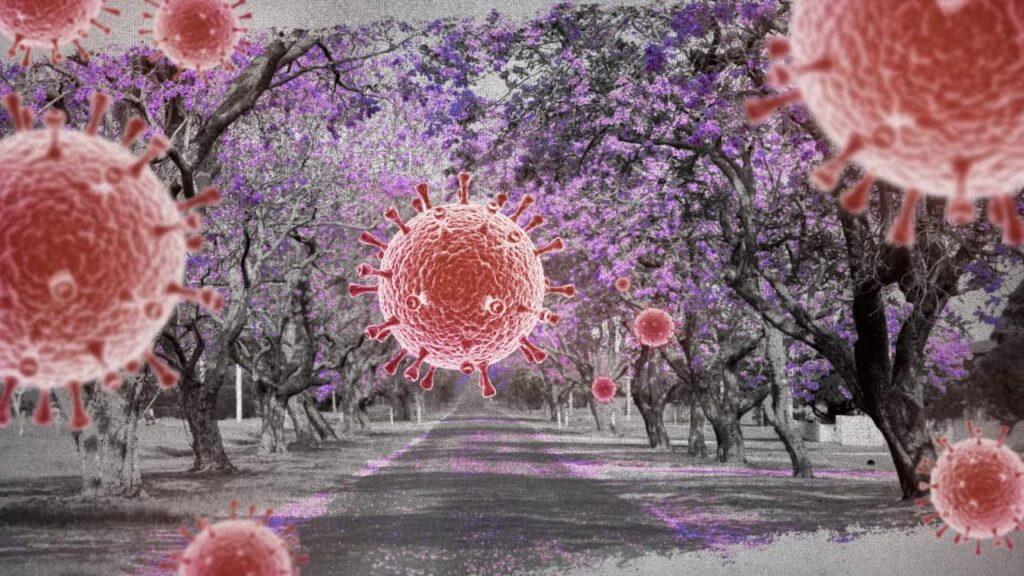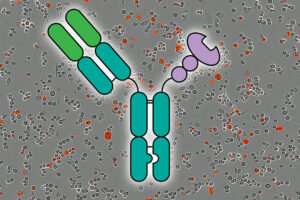
Australians seeking a COVID-19 booster shot may have noticed a lack of options, with Pfizer’s Comirnaty JN.1 being the sole vaccine available. This limitation comes amid the circulation of two COVID-19 variants across the country and only 1.9 million Australians having received a vaccine in the past six months. Experts emphasize the importance of choice to encourage more Australians to get vaccinated.
The dominance of Pfizer’s Comirnaty JN.1 in Australia raises questions about the availability of other vaccines. Despite the approval of Moderna’s JN.1 vaccine by the Therapeutic Goods Association (TGA) in late 2024, the Australian government decided not to replenish its supply. A spokesperson from the Department of Health previously stated, “The Commonwealth has sufficient supplies of alternative COVID-19 vaccine brands for 2024.”
The Absence of Moderna and AstraZeneca
Moderna’s absence in the Australian vaccine landscape is notable, especially as its JN.1 vaccine was designed to target the Omicron variant, which was prevalent in 2023 and 2024. However, a new Moderna Technology Centre at Monash University in Melbourne is set to begin production by late 2025, potentially changing the vaccine supply landscape.
Meanwhile, AstraZeneca’s mRNA vaccine was recalled globally in 2024 due to adverse side effects, further limiting the options available to Australians.
Challenges with Novavax Approval
Another alternative, Novavax, is also unavailable in Australia. Although Novavax’s original vaccine, Nuvaxovid, was accessible from early 2022, its updated version, Nuvaxovid XBB.1.5, did not receive TGA approval. Dr. Paul Griffin, an infectious diseases physician, explained, “It wasn’t that approval was revoked with any specific safety or efficacy concerns. It was just that the amount of data required for that approval to be met just wasn’t achieved.”
Despite withdrawing its registration in May 2024, Novavax remains committed to making its vaccine available in Australia. Professor Adrian Esterman, chair of biostatistics and epidemiology at the University of South Australia, suggested that low uptake may have influenced Novavax’s decision not to renew its registration. “It’s not so much that the vaccine doesn’t work, but it’s simply not commercially viable for them,” he noted.
The Importance of Vaccine Choice
Having a variety of vaccine options is crucial for addressing different preferences and medical needs. Novavax, a protein subunit vaccine, is preferred by some individuals who have experienced adverse reactions to mRNA vaccines. Esterman likened the need for diverse vaccine options to having multiple tools in a toolbox, saying, “It’s best to have several tools in your tool case. You wouldn’t have one type of hammer; what if it doesn’t work?”
Experts argue that the perception of choice can stimulate vaccine uptake, particularly among vulnerable populations. According to Department of Health figures, only 35% of Australians aged 75 and over have received a vaccination in the last six months, with even lower rates among younger age groups.
July figures from the Department of Health indicate that only 35% of Australians aged 75 and over received a vaccination in the last six months, dropping to 22% for those aged 65 to 74.
Ongoing COVID-19 Concerns
Despite the challenges in vaccine availability, COVID-19 remains a concern in Australia. The country experiences two waves each year, with the current dominant strain being the NB.1.8.1 or Nimbus variant. Dr. Griffin emphasized the importance of not becoming complacent between waves, stating, “Between those waves, we see significant numbers of cases, and still see people in hospital from COVID-19.”
The Australian government continues to recommend booster shots every six months for high-risk groups and annually for lower-risk groups. As the situation evolves, the need for a broader range of vaccine options remains a pressing issue for public health officials and the Australian population alike.







